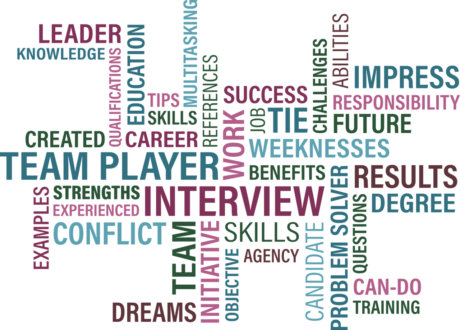
Get Strategic with Psychology.
For most of us, once we’ve found a career comfort zone, we stay there. We tend to become predictable, playing the same role in every meeting and every discussion. Some of us talk a lot. Some of us listen. Some of us ask questions. Some of us build consensus.
But at some point, you’ll likely feel your own impact weakening. You might be surprised by a promotion you didn’t get or an invitation that never arrived.
So what if you got more intentional with your role in every meeting? What if you set an intention based on the purpose of the conversation? What if you really thought about your goal? What if you got a lot more strategic?
The Archetypes
As a coach, when I’m problem-solving for clients as well as myself, I’m fond of referencing Carl Jung’s archetypes, these provide an excellent reference point of self-identification and understanding.
The archetypes are designed to represent the collective unconscious. Essentially, they blend symbols, imagery, and memories into characters you can choose to incorporate into your professional dynamic. They’re aces up your sleeve.
Note: When Jungian psychology meets business, it might feel weird at first. But there’s never been a more complementary fit. Check out these key archetypes I tend to use:

Magician
- Energy: Air
- Purpose: Wants to explore, invest and test with flexibility. Very playful.
- Conversation Style: Question
- Non-Verbal: Walking around, floating, leaning left or right
- Stress Response: Flight
- Phrase Type: What if we changed this to that? What would that look like?
Warrior
- Energy: Fire
- Purpose: Is all about achievement, goals and action. Very tactical and urgent.
- Conversation Style: Contribution
- Non-Verbal: Leaning forward, intense face.
- Stress Response: Fight
- Phrase Type: I think we should do this. We have to get this done.
Queen
- Energy: Earth
- Purpose: Offers grounding, stability, clarity and definition. Highly strategic.
- Conversation Role: Facilitation
- Non-Verbal: Leaning back, hands folded
- Stress Response: Freeze
- Phrase Type: What comes to mind when we talk about “owners rep”?
Lover
- Energy: Water
- Purpose: Wants to connect, create, tap into feelings and engage with discovery.
- Conversation Style: Wonder and story-tell
- Non-Verbal: Eyes looking up, head tilted
- Stress Response: Faint
- Phrase Type: I’m wondering how we want to show up. What does that feel like for us?

Now that you understand your options, how do you apply the archetypes before a meeting?
- Get self aware. Which archetype is your usual state of being? What are my patterns. Where do I usually sit in the meeting? What is my expected role?
- Get curious. What kind of meeting is this? What’s the intended outcome? What’s your agenda? What role do you want to play? How could you benefit from a different role?
- Choose an archetype. Write it down and create a catch phrase to bring you back to that role and prevent you from reverting to your typical role. It’s simple, but not easy.
- Review your experience. What happened? Were you able to astutely observe both yourself and others? Did it feel good to try on a new archetype? What was the outcome? What did you learn?

